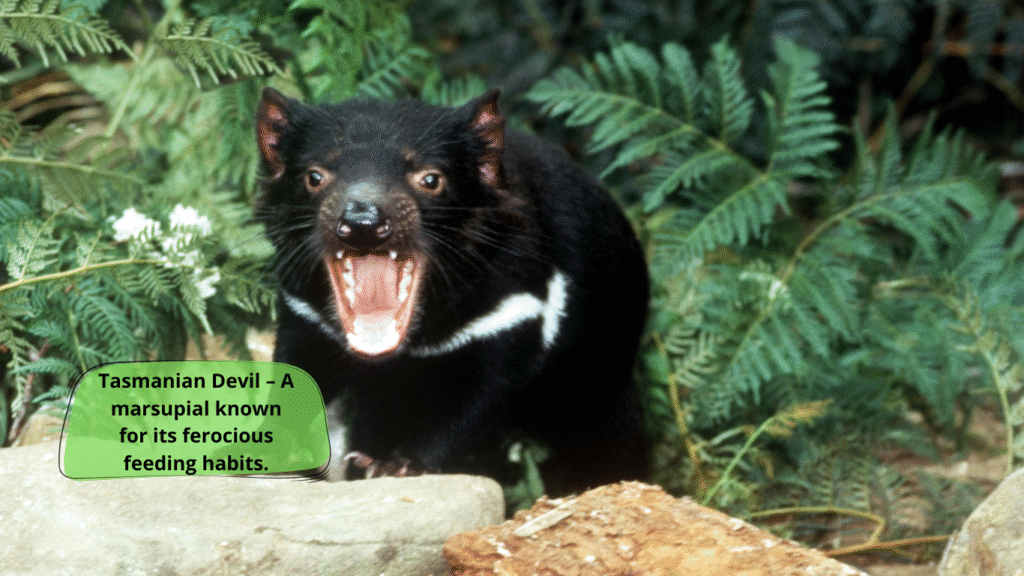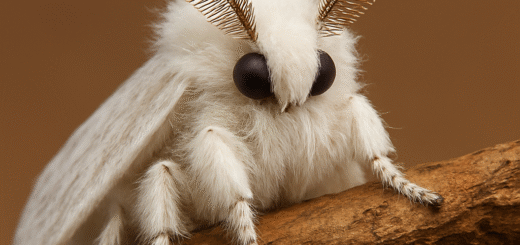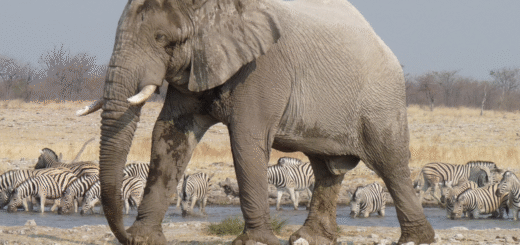Tasmanian Devil: Nature’s Fierce and Fascinating Marsupial
What Is the Tasmanian Devil?

The Tasmanian Devil (Sarcophilus harrisii) is one of Australia’s most iconic and misunderstood animals. Native to the island state of Tasmania, this carnivorous marsupial is known for its loud screeches, strong jaws, and stocky build. Despite its somewhat fearsome name and appearance, the Tasmanian Devil plays a critical role in the local ecosystem and is currently listed as endangered due to a deadly facial tumor disease.
Physical Characteristics of the Tasmanian Devil
Tasmanian Devils are about the size of a small dog. They have black fur, a large head, sharp teeth, and a robust body. Their powerful jaws can crush bones, and they emit an unmistakable growl that can be heard during feeding or defensive behavior.
- Size: Around 20–30 inches long
- Weight: 13–26 pounds
- Lifespan: Typically 5–6 years in the wild
Habitat and Distribution
Today, Tasmanian Devils are found only in Tasmania, although they once roamed the Australian mainland. They inhabit a range of environments including forests, coastal scrublands, and agricultural areas. Devils are mostly nocturnal and often shelter in dens during the day.
Behavior and Diet
Despite their aggressive reputation, Tasmanian Devils are shy and solitary animals. They are scavengers by nature and are essential for cleaning up carrion, which helps prevent the spread of disease. Their diet includes:
- Dead animals (carrion)
- Small mammals
- Birds
- Insects
- Frogs and reptiles
Their voracious appetite and noisy feeding habits earned them the nickname “devil” from early European settlers.
Breeding and Life Cycle
Breeding season occurs between February and April. Females give birth to around 20–30 tiny, jellybean-sized young, but only four survive due to the limited number of teats in the mother’s pouch. After about four months, the young leave the pouch and stay in the den before becoming fully independent.
Threats to Survival
The Tasmanian Devil population has plummeted by more than 80% due to Devil Facial Tumour Disease (DFTD), a contagious cancer spread through biting. Other threats include:
- Road accidents
- Habitat loss
- Inbreeding
- Climate change
Conservation Efforts
There are several conservation programs in place to protect and restore Tasmanian Devil numbers:
- Captive breeding programs in zoos and wildlife sanctuaries
- Disease-free insurance populations on offshore islands
- Roadkill reduction measures like wildlife crossings
- Public education campaigns to raise awareness
Organizations like the Save the Tasmanian Devil Program are leading the way in conservation science and community involvement.
Fun Facts About the Tasmanian Devil
- Tasmanian Devils can eat up to 40% of their body weight in one meal.
- They were featured in Looney Tunes as the character “Taz”, making them a pop culture icon.
- Devils have one of the strongest bites per body size of any land mammal.
Why the Tasmanian Devil Matters
As apex scavengers, Tasmanian Devils are crucial for ecosystem health. Their decline can have a ripple effect on biodiversity and environmental balance. Conserving them not only protects a unique species but also preserves Tasmania’s natural heritage.
Final Thoughts
The Tasmanian Devil is a unique and vital part of Australia’s wildlife. While their name and appearance might suggest ferocity, these animals are shy, ecologically important, and urgently in need of protection. Supporting conservation initiatives and spreading awareness can make a real difference in ensuring their survival.








